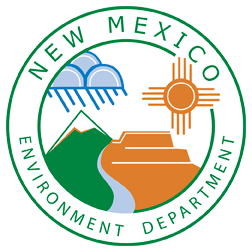Menu
Close
Lead and Copper Program
Contact Us
Drinking Water Bureau
drinking.water@env.nm.gov
Ph: 505-476-8620
877-654-8720
Utility Operator Certification:
505-670-7418
UOCP.certification@env.nm.gov

Phone Numbers / Social Media
Drinking Water Bureau
drinking.water@env.nm.gov
Ph: 505-476-8620
877-654-8720
Utility Operator Certification:
505-670-7418
UOCP.certification@env.nm.gov
